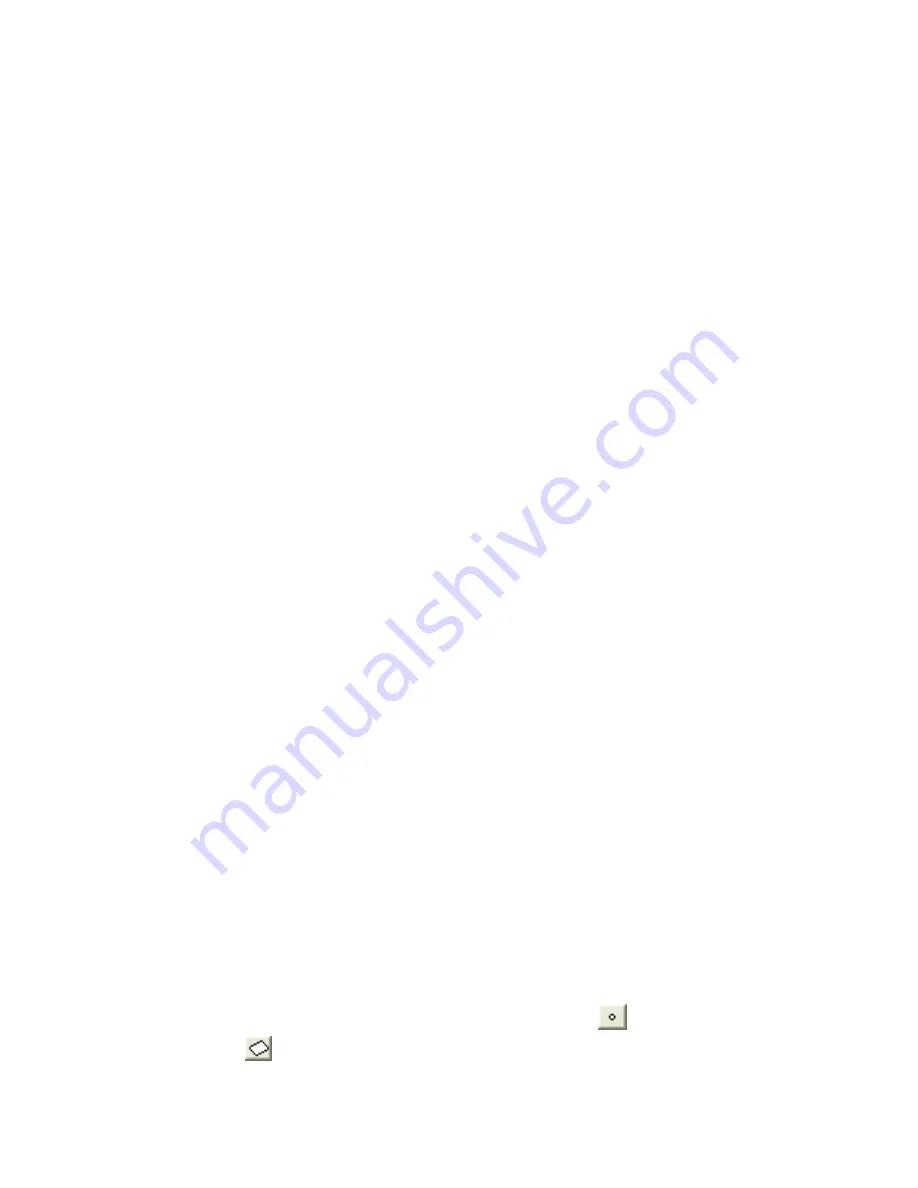
■
'<set>'. Choose from the available list, which Selection Set you require to define the rule. Only the
pre-defined Selection and Search Sets are available in the drop down list.
6
Click OK. The rule is added to the Ignore Clashes Between area on the Rules tab.
To edit a clash rule
1
If the Clash Detective window is not already open, click Tools
➤
Clash Detective.
2
On the Rules tab, click the ignore rule you want to edit.
3
Click the Edit button.
4
In the Rules Editor dialog box, rename the rule if you want to change it from its current name.
5
Choose another Rule Template if you want to change it from the current template.
6
In the Rule Description box, click each of the underlined values to redefine your custom rule.
7
Click OK to save the changes you've made to the rule.
To delete a clash rule
1
If the Clash Detective window is not already open, click Tools
➤
Clash Detective.
2
On the Rules tab, click the ignore rule you want to delete.
3
Click the Delete button to delete the clash rule.
Select Items for Testing
In this section you will learn how to set up various parameters for your tests.
Select Items for a Clash Test
To select items
1
If the Clash Detective window is not already open, click Tools
➤
Clash Detective.
2
Click the Batch tab, and select the test you want to configure.
3
Click the Select tab.
There are two identical panes in this tab called Left and Right. These panes contain a Tree View of two sets
of items that will be tested against each other during the clash test, and you need to select items in each.
You can select the items by choosing a tab from the selection tree and manually selecting items from the
tree hierarchies. Any selection sets in the scene are also included on a tab, which is a quick and useful
method of setting up items across sessions (see “
Interactive Geometry Selection
” on page 179).
You can also transfer the current selection to one of the boxes by selecting items in the usual way in the
Scene Area or Selection Tree and clicking the appropriate Select Current button.
4
Optional: Select the appropriate Self Intersect check box to test the corresponding set for self-intersection,
as well as intersection against the other set.
5
Optional: You can include the clashing of points, or lines, or surfaces in your test. Underneath each window
there are three buttons that correspond to surfaces, lines and points. To toggle a button, click it.
So, for example, if you want to run a clash test between some surface geometry and a point cloud, you can
set up the geometry in the Left pane, and click the Point Cloud
button under the Right pane. The
Surface
button under the Left pane is toggled on by default. Additionally, you could set the clash Type
to Clearance with a Tolerance of 1 meter.
386 | Chapter 16 Locate and Manage Interferences
Содержание 507B1-90A211-1301 - NavisWorks Manage 2010
Страница 1: ...Autodesk Navisworks Manage 2010 User Guide March 2009 ...
Страница 12: ...xii Contents ...
Страница 14: ...2 Part 1 Welcome to Autodesk Navisworks Manage 2010 ...
Страница 64: ...52 Chapter 3 Installation ...
Страница 97: ...Get a Whole Project View 85 ...
Страница 98: ...86 Part 2 Get a Whole Project View ...
Страница 136: ...124 Chapter 5 Work with Files ...
Страница 178: ...To toggle ViewCube Click View Head Up Display ViewCube 166 Chapter 6 Explore Your Model ...
Страница 262: ...250 Chapter 9 Use Viewpoints and Sectioning Modes ...
Страница 270: ...258 Chapter 11 Work Within a Team ...
Страница 282: ...270 Chapter 12 Share Data ...
Страница 346: ...334 Chapter 14 Create Photorealistic Visualizations ...
Страница 460: ...448 Chapter 17 Autodesk Navisworks Reference ...
Страница 466: ...454 Glossary ...






























